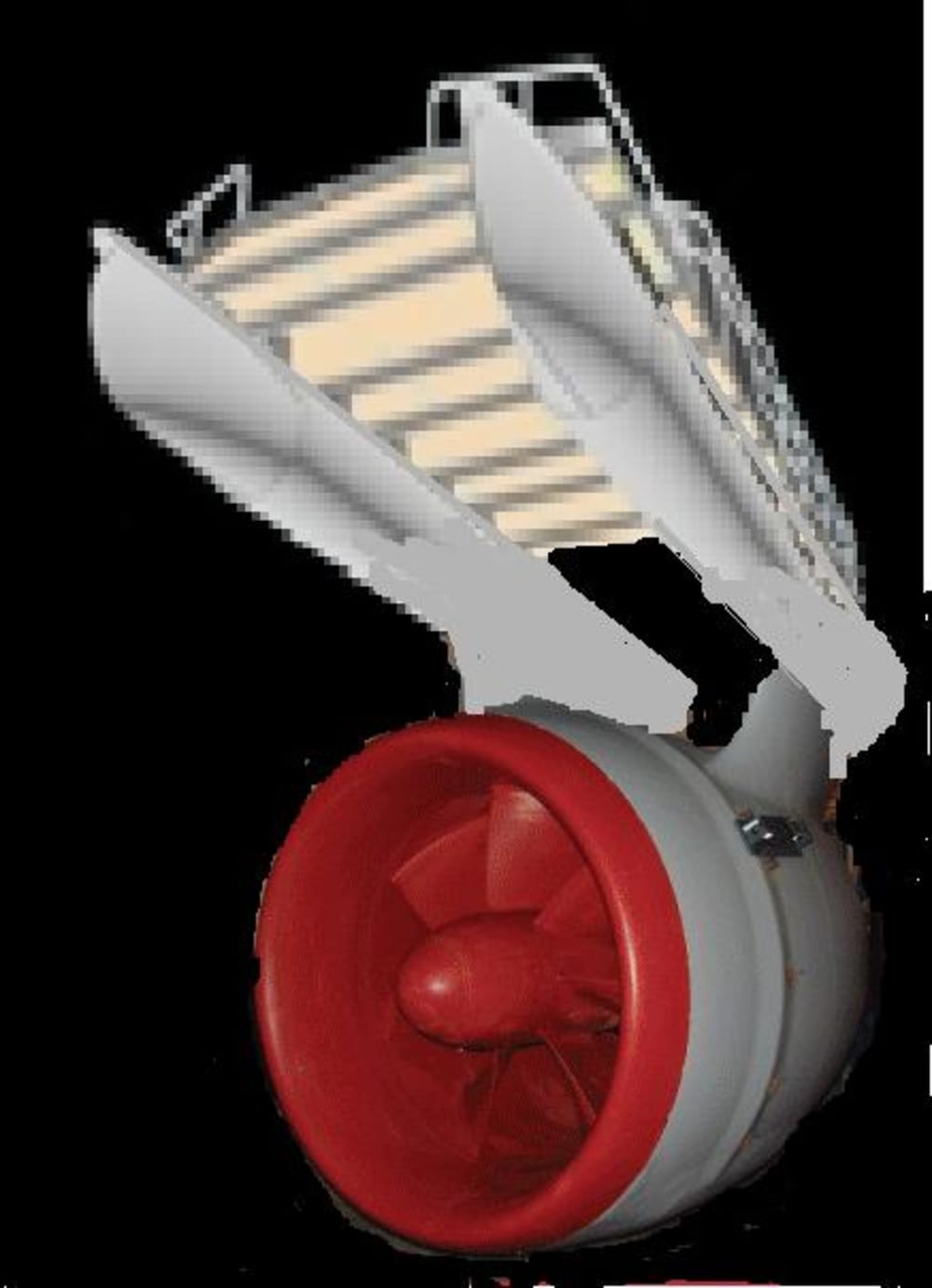Modular HydroPower (MHP) for Developing Countries
This is a new generation of renewable energy systems for developing nations or in remote locations to provide hydrokinetic electrical power for health care, commerce, education and for domestic microenterprises. MHP units preassembled, readily transportable and include all equipment required to generate reliable electricity. The equipment is installed on an innovative pontoon barge that will hoist the turbine out of the water for inspection and servicing.
Hydrokinetic energy (moving water) holds tremendous power and has two major advantages over wind: it is 800 times more dense than air (much more energy per unit/volume) and water tends to provide steady-state power (24/7) needed by power consumers.
Highlights:
· Eliminating the large center turbine hub significantly reduces drag and turbulence, dramatically improving the efficiency and performance of the unit.
·Specifically, IMHPower will use a derivation of Rimjet technology being developed for the US Navy. Rimjet is an external drive electrical system that has its permanent magnets for the motor located in the pod around the propulsor. The water-cooled bearings eliminate pollution from lubricants.
· By using ‘hubless’ turbines, the number of moving parts is also significantly reduced resulting in longer turbine life, better reliability and reduced manufacturing and maintenance costs.
· Since the turbines are barge-mounted and modular in design, they can be readily deployed in any location.
· The tethered barge could be easily moved in the river to take advantage of the best laminar flow thereby maximizing power production.
· During flooding, the barge could be floated along the shoreline for protection.
· The turbine can readily be raised from its in-water position into the bay between the pontoons for easy service and repair of the turbine. The turbine could also be raised to avoid floating or submerged debris in the river.
· The biggest environmental problem is the potential damage to aquatic animals. Since the blades are widely spaced and are moving very slowly, there is little chance of fish or marine mammal damage. In a recent test of a prototype ducted fan hydrokinetic unit in the Mississippi River, only 0.4% of fish experienced damage and this may have been caused by the inflatable monitoring system used to recover the studied fish.
· A cylindrical cage at the intake will exclude fish and debris. For larger animals, a clutch disengages the blades and eliminating harm to the animal and will protect the unit from large, submerged debris.
Power for developing nations
· Electrical power is one of the most important elements in improving lives in developing countries but 2/3 of the world's people do not have access to dependable electricity.
· These hydrokinetic units could serve as the foundation for social and economic development in countries throughout the world. They are relatively inexpensive, quite reliable, provide steady-state electricity and locally managed.
· One small hydrokinetic turbine unit could provide more than enough power for a community of over 200-300 homes and small businesses via a simple local electrical grid system.
Like this entry?
-
About the Entrant
- Name:Douglas Pond
- Type of entry:individual
- Patent status:none

